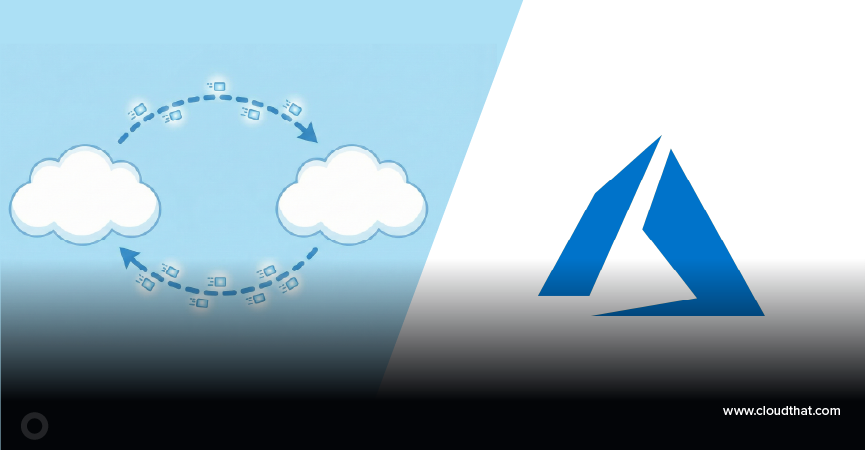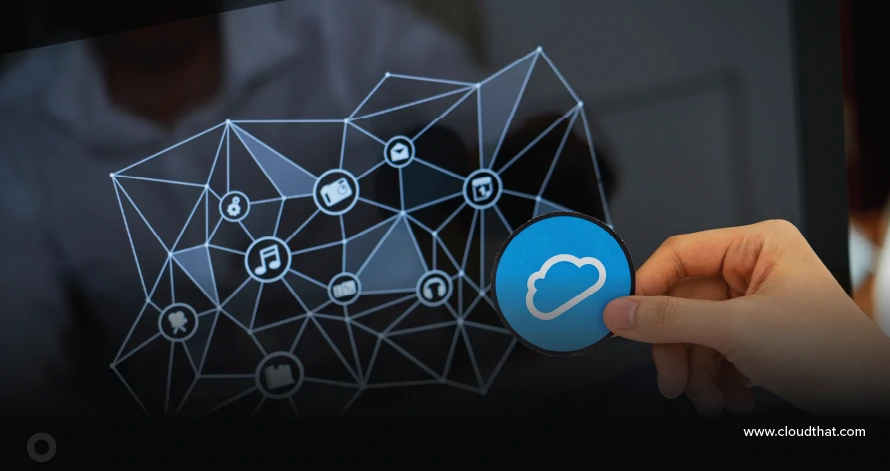|
Voiced by Amazon Polly |
Introduction
Some applications or “things” in a connected digital business or consumer environment need wireless data transmission. They only need a tiny amount at a time, though, when necessary. This not only completely connects the application or “thing,” but it also uses less energy.
This technology is known as LPWAN in the IoT realm. Low Power Wide Area Network. The beauty of LPWAN is that it is made to optimize network coverage, reduce overhead expenses, and reduce power consumption.

LPWAN networks are classified into two types: licensed and unlicensed. LoraWAN and Sigfox are unlicensed networks, whereas LTE and NB-IoT are licensed.
Pioneers in Cloud Consulting & Migration Services
- Reduced infrastructural costs
- Accelerated application deployment
Different types of LPWAN
LoRaWAN: Semtech Company developed the Long Range (LoRa) LPWAN Physical – layer technology. LoRa appears to be the most famous and trending LPWAN connectivity technology in the IoT industry, owing to its widespread support from researchers. LoRa is the data-carrying radio transmission, and LoRaWAN is the communication protocol that governs and specifies how that data is transmitted across the network.
When a cellular network is not readily available, LoRaWAN is perfect. It’s also not as simple as turning on your “device” and selecting LoRaWAN. To communicate with a LoRaWAN network, your “things” must be certified, and of course, your network needs to be set up.
The only LoRa receiver module that offers open-source access to its chipset technology is the Semtech SX1276.
Sigfox: Sigfox is the name of the second protocol in the Unlicensed LPWAN family, which was created and is owned by the French firm Sigfox. There is only one Sigfox network operator in each nation, and all these channels are “ultra narrowband,” which means they employ very tiny frequency bands.
NB-IoT: Narrowband Internet of Things, also known as NB-IoT, is the first licensed band. It is a uniquely modified cellular network that can utilize unlicensed (yet available) radio frequency spectrum regions. The power consumption of cellular connectivity in IoT devices was one of the issues that NB-IoT was created to solve. NB-IoT devices, when not in use, have the option to use a Power Saving Mode that puts them to slumber. With this, NB-IoT gadgets can now function for years on a single battery charge.
LTE towers and antennas are already in place and are usually well-established, so NB-IoT networks use these. The benefit of NB-IoT is that it allows simplicity as you connect your “things,” whereas LoRaWAN and Sigfox networks are still engaged in a continual “growth” initiative. As a result, manufacturers can build Internet-enabled gadgets with a “ready-to-go” solution.
There is no comparison regarding deployment expense, range, or coverage. Cellular LPWANs are nearly always the top option for smartphone platforms like asset tracking and supply chain logistics.
LTE-M: LTE-M is also referred to as Cat-M1 (Category M1). 4G LTE-M uses the same power-saving features as NB-IoT. LTE-M and NB-IoT networks depend on the same network foundation as 4G LTE.
Over NB-IoT networks, 4G LTE-M networks have a significant advantage. Your “things” can rapidly transmit much bigger data packages thanks to its significantly better data rates. LTE-M networks are excellent for long-range mobile applications like asset monitoring, much like NB-IoT networks are. Still, they’re also suitable for applications with higher data demand, like police body cameras and data analysis devices. LTE-M outperforms NB-IoT when it comes to sending or receiving more data. Your device remains online for a shorter period because it can quickly transmit and download data.
As cellular LPWANs advance, the infrastructure will eventually be upgraded from LTE Cat-M1 to LTE Cat-M2, offering more bandwidth and faster upload and download rates, making this a very alluring technology. In the meantime, LTE Cat-NB2 will continue the development of NB-IoT.
Benefits of LPWAN
- Reliability: LPWAN ensures dependable and consistent connectivity for IoT devices.
- Cost-effectiveness: It’s more affordable than other wireless communication methods, reducing operational expenses.
- Low Power Consumption: Operating on minimal power, LPWAN enables extended battery life for connected devices.
- Extended Battery Life: The technology’s efficiency results in prolonged operational durations for IoT devices.
- Ideal for IoT Applications: LPWAN’s attributes make it suitable for many IoT applications.
LPWAN applications
- LPWANs allow various M2M and IoT applications originally constrained by costs and power concerns because of lower power requirements, longer ranges, and lower costs than conventional mobile networks.
- Selecting an LPWAN is subject to the application, specifically the intended speed, data volumes, and coverage area. LPWANs are ideal for applications that require irregular uplink delivery of messages of fewer messages.
- Smart metering, asset monitoring, smart lighting control and tracking, precision farming, smart cities, livestock monitoring, manufacturing, energy management, and industrial IoT deployments are prevalent uses for LPWANs.
Conclusion
Overall, using LPWAN for your “things” requires specific circumstances to fit your requirements described above. Still, all are working towards the same goal of lowering power consumption and wider range. Thus, Low Power Wide Area Networks are most suitable for the IoT application.
Drop a query if you have any questions regarding LPWAN and we will get back to you quickly.
Empowering organizations to become ‘data driven’ enterprises with our Cloud experts.
- Reduced infrastructure costs
- Timely data-driven decisions
About CloudThat
CloudThat is an award-winning company and the first in India to offer cloud training and consulting services worldwide. As a Microsoft Solutions Partner, AWS Advanced Tier Training Partner, and Google Cloud Platform Partner, CloudThat has empowered over 850,000 professionals through 600+ cloud certifications winning global recognition for its training excellence including 20 MCT Trainers in Microsoft’s Global Top 100 and an impressive 12 awards in the last 8 years. CloudThat specializes in Cloud Migration, Data Platforms, DevOps, IoT, and cutting-edge technologies like Gen AI & AI/ML. It has delivered over 500 consulting projects for 250+ organizations in 30+ countries as it continues to empower professionals and enterprises to thrive in the digital-first world.
FAQs
1. What are the advantages of LPWAN?
ANS: – It is more reliable in connectivity, cheaper than other forms of wireless communication, and has low power consumption.
2. What are some of the LPWAN protocols?
ANS: – LoRaWAN, Sigfox, NB-IoT, LTE-M

WRITTEN BY Vasanth Kumar R
Vasanth Kumar R works as a Sr. Research Associate at CloudThat. He is highly focused and passionate about learning new cutting-edge technologies including Cloud Computing, AI/ML & IoT/IIOT. He has experience with AWS and Azure Cloud Services, Embedded Software, and IoT/IIOT Development, and also worked with various sensors and actuators as well as electrical panels for Greenhouse Automation.


 Login
Login


 December 14, 2023
December 14, 2023 PREV
PREV











Comments